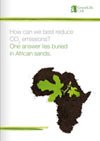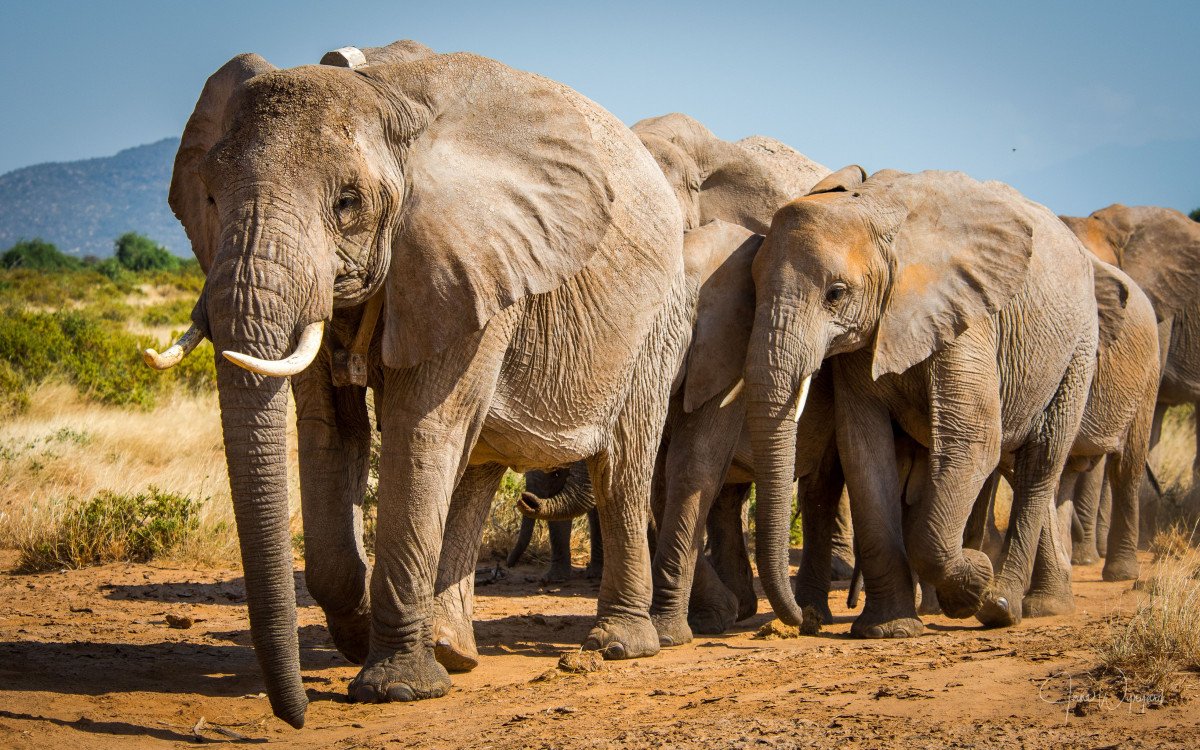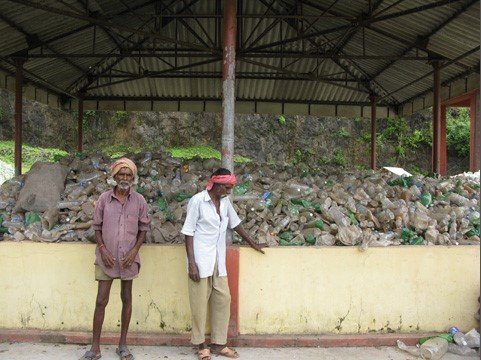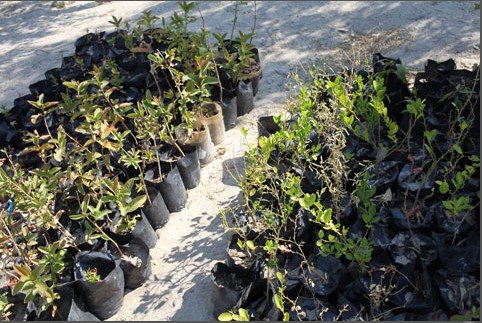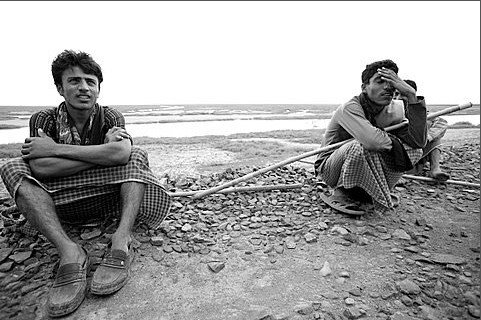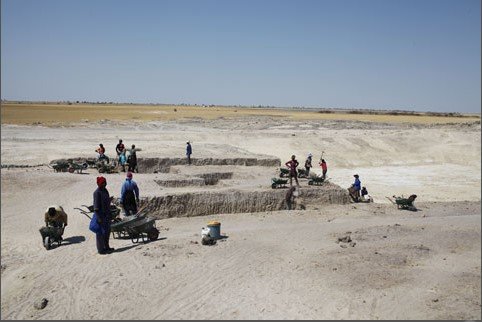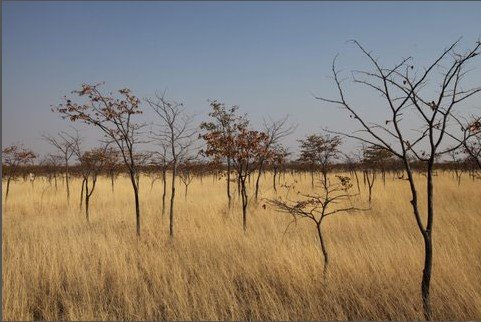Trees for Life – Namibia
Restoring Landscapes, Revitalizing Biodiversity through community-based Agroforestry in Uukolonkadhi
This project type is ARR (Afforestation and Reforestation) comprises numerous degraded land plots that have been selected for restoration within a community-owned woodland called Uukolonkadhi.
The project’s long-term goal is to restore 76,420 hectares of degraded land through
agroforestry with the goal of improving soil health, conserving water resources, enhancing biodiversity, and improving local livelihoods.
The project’s long-term goal is to restore 76,420 hectares of degraded land through
agroforestry with the goal of improving soil health, conserving water resources, enhancing biodiversity, and improving local livelihoods.
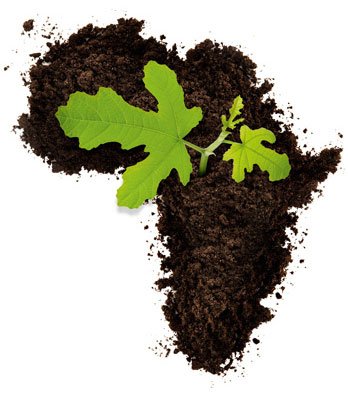
DOWNLOAD PDF
Trees for Life – Namibia
Co-benifits of the project
Biodiversity
- The Uukolonkadhi Community Forest area is home to a diverse and
thriving range of animal species including 18 floral species, 12 faunal species, and at least 2 threatened species.. - Within the project area, herbivores such as Damara Dikdik (Madoqua namaquensis), African elephants (Loxodonta africana), and African hippopotamuses (Hippopotamus amphibius) can be seen foraging.
- The Uukolonkadhi Community Forest hosts iconic African predators like leopards, jackals, hyenas, and cheetahs, contributing to ecosystem balance.
- Other inhabitants include ostriches, baboons, and crocodiles, while
the forest supports two threatened species according to the IUCN Red List: the Black-faced impala and the Mountain zebra. - Its biodiversity is enriched by18 floral species that are crucial to
ensuring the long-term health and sustainability of the woodland and savanna
Community
- The project area covers ten villages and surrounds Ruacana and Onesi constituencies, with a population of 41,167 residents as per the 2010 census.
- These communities primarily rely on subsistence farming, cultivating
crops like pearl millet, and pratice cattle and goat husbandry, while also engaging in sustainable non-timber product harvesting. - The area is legally classified as a community forest, thus ensuring its land use remains unchanged and preserved for its intended purpose.
- Community involvement will include employment opportunities at nurseries, selection of tree species, and sustained co-product harvesting, thereby fostering a strong partnership between the project developer and the communities.

